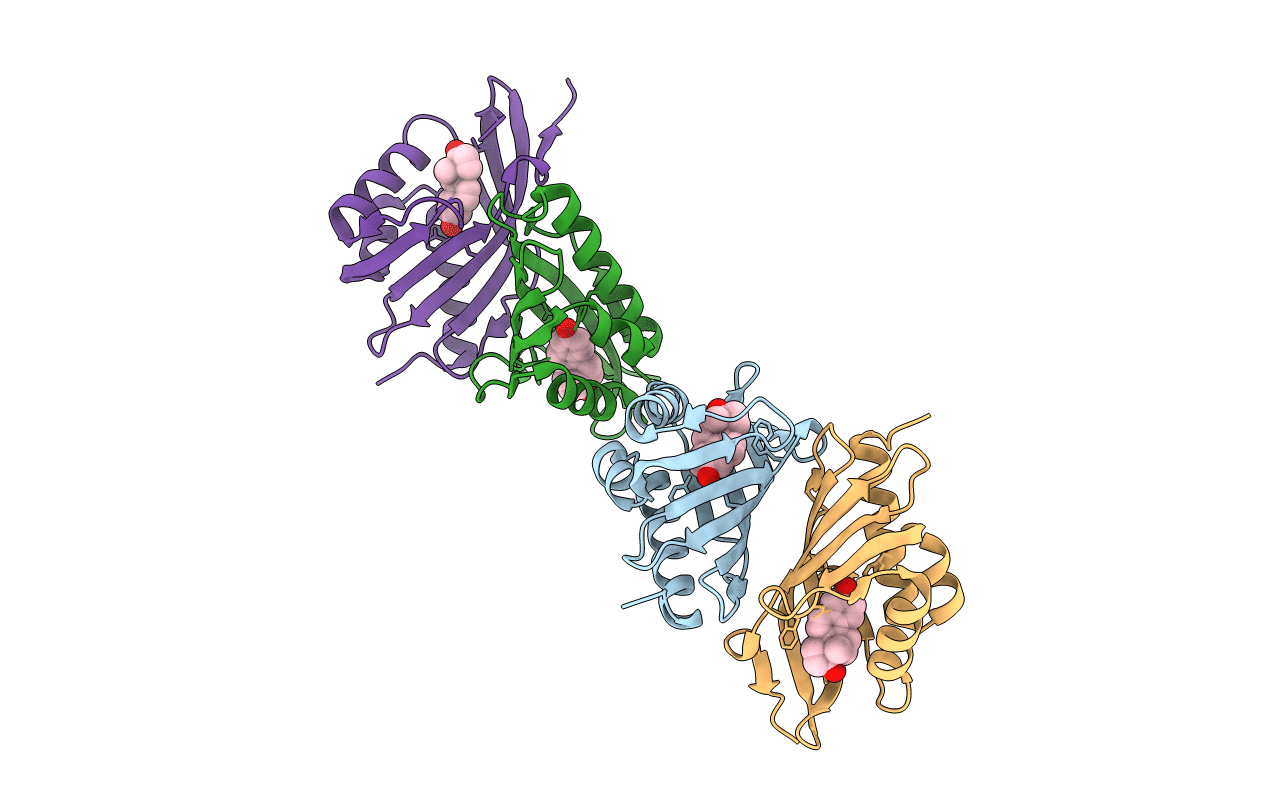
Deposition Date
2010-09-20
Release Date
2011-09-21
Last Version Date
2024-11-06
Entry Detail
PDB ID:
3OWS
Keywords:
Title:
Crystal Structure of Ketosteroid Isomerase D40N/C69S/C81S/C97S/M116C-CN from P. putida with Bound Equilenin
Biological Source:
Source Organism:
Pseudomonas putida (Taxon ID: 303)
Host Organism:
Method Details:
Experimental Method:
Resolution:
1.71 Å
R-Value Free:
0.25
R-Value Work:
0.21
R-Value Observed:
0.21
Space Group:
P 1 21 1


